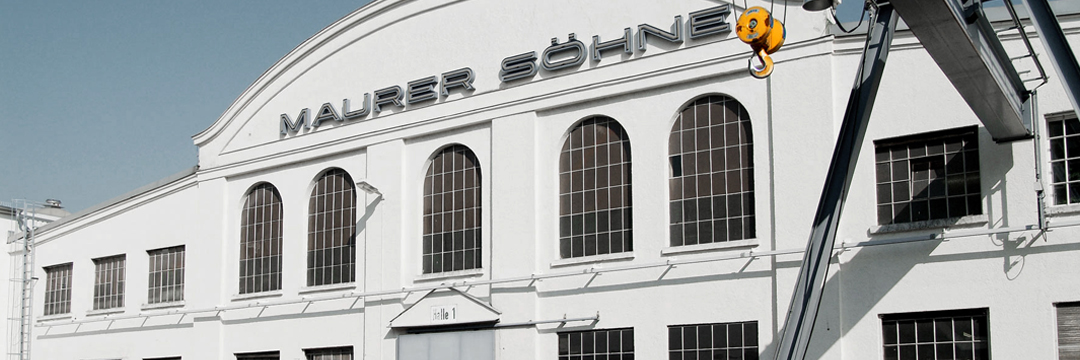
Publications
The MAURER experts are publishing specialised articles on scientific topics around the product ranges of structural bearings, expansion joints, seismic devices, vibration isolation, and vibration dampers. All our publications have also been published at Research Gate.
Adaptive Cable Dampers
Evaluation of the effects of adaptive cable dampers by using hybrid testing methods
Various wide spanned cable-stayed bridges are protected against cable vibrations with vibration absorbers. The focus of the damping measures is to reduce lateral oscillations of the cables. Although reducing vibrations in the effective direction of the installed vibration absorber, it is approved by research that vibrations are influenced transverse to the vibration absorber’s effective direction as well. Using hybrid testing methods these phenomenons shall be discovered in detail within an actual research project at the Department of Concrete Structures of the Technische Universität München. [...]
Structural Bearings According to DIN EN 1337
Structural bearings for bridges and buildings according to DIN EN 1337
In Germany the national design rules for bearings according to DIN 4141 and corresponding national approvals are meanwhile nearly completely replaced by the European Standard DIN EN 1337. This code specifies the requirements for design and manufacturing of structural bearings for bridges and buildings. DIN EN 1337 covers elastomeric bearings, roller bearings, pot bearings, rocker bear ings and spherical and cylindrical PTFE bearings. Special applications, e. g. applying modern sliding elements outside the scope of DIN EN 1337 which differ from the technical rules given in DIN EN 1337, can be used on the basis of European Technical Approvals (ETA). On this background for spherical bearings and elastomeric bearings the new rules are analyzed and assessed regarding the necessary safety requirements and also point to further items that should be inquired critically in the scope of revision of the DIN EN 1337. The old National Standards as well as the new European Standards are only valid for bearings without any uplift forces. Avoiding uplift forces is a fundamental design principle especially within the scope of bearings for bridges. However, in rare and worse cases it cannot be avoided that uplift forces occur. Under these conditions the rules in DIN 4141 and DIN EN 1337 for the design and the manufacture of bearings do not apply and modified design rules have to be developed. This is shown by means of two ex amples, where specially developed bearings for compression and uplift forces were designed. [...]
Strain on Expansion Joints
Strain on expansion joints for road bridges under traffic loads
Expansion joints are subject to high strain due to traffic loads. With this, the fatigue resistance of the structural components is of particular importance. For safe dimensioning it is essential to know the load deformation behaviour of the system, the maximum strains and the stress range spectra as well as the resistances of the structural members. This article presents a procedure for independent determination of the structural member strains resulting from the impact of traffic load on expansion joints. Reference is also made to the maximum size of stress that may be expected as well as to the strain and stress range spectra necessary for the proof of fatigue capacity. [...]







